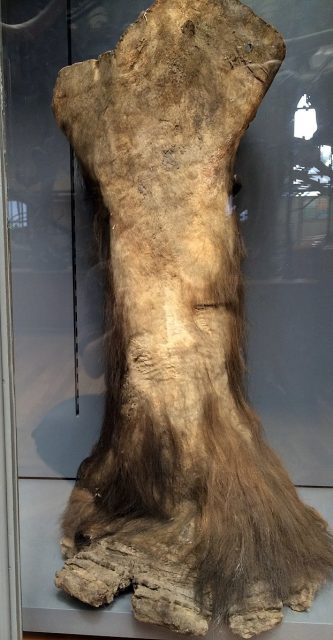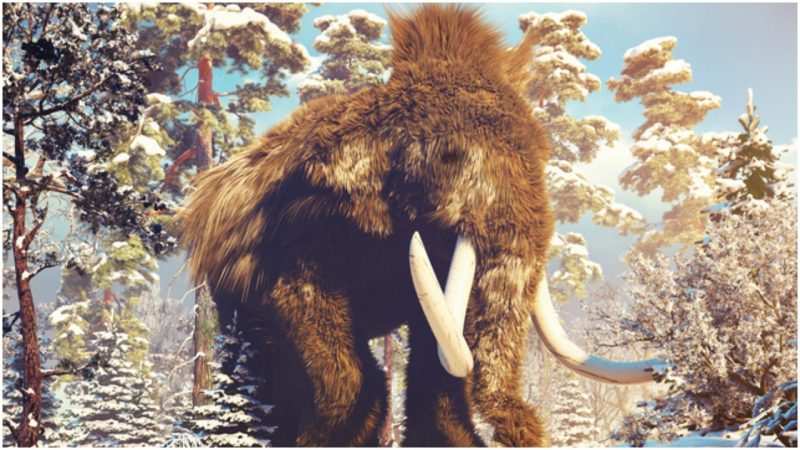Woolly mammoths are creatures from our prehistory that are closely related to Asian Elephants. They would have looked a lot like modern elephants, except for having small ears (to protect them from the cold), and being covered in thick, brown hair.
Mammoths went extinct about 10,000 years ago, according to Live Science, as a result of the ice age. Scientists know a lot about the mammoth because not only did they go extinct relatively recently, but also because the Arctic permafrost preserved them very well, often leaving their bodies nearly intact.

When the ground around the Arctic riverbanks and streams erode, it’s not that unusual to find mammoths that look very close to the way they looked when they were still alive. This phenomenon is how the story begins.
Vladimir Ammosov, a 44-year old builder from Russia, is offering the “world’s only” mammoth wool hat for sale, according to the Daily Mail.

The wool came from an animal found in the ice, deep in Siberia, where the mammoth died. Ammosov’s uncle went to a known mammoth graveyard site at Kazachye village, in Yakutia, near where he lived.
The uncle collected a large bag of the wool, which he then later sold to Ammosov when he was in need of money.

Ammosov stated that he gave much thought to the question of what to do with the wool. After a while, he decided to make it into a hat.
In Yakutia, they make traditional round hats out of horse hair, and he thought that mammoth wool should work just as well. He gave the wool to a local master knitter who crocheted it into a hat in the traditional style.

The finished hat is described as being rough-textured and prickly. Ammosov is selling this one of a kind hat for $10,000. It comes with a certificate authenticating that the hat is genuinely mammoth wool, which has been attested to by Seymon Grigoryev, the director of Yakutia’s Mammoth Museum.

According to the Siberian Times, Grigoryev tried the hat on, saying it was the prickliest hat he had ever worn. He stated that the wool is completely odorless, and felt a bit like he was having a head massage. Ammosov stated that the traditional hats in this style are worn by men for certain special occasions, such as the Yakutian New Year, or the summer solstice.
He told the Times, however, that “We believe these hats are worn by men: I think it comes from older times when such hats were worn under warrior’s helmets.” He went to remark that since this is the 21st century, he didn’t see a problem with the hat being worn by a woman or a child.
So for $10,000 you can own an object that is made of tens-of-thousands-of-years-old mammoth wool.
Ammosov might want to hope that his unique hat sells quickly. Scientists have been working on trying to clone the wooly mammoth. According to Business Insider in February of 2017, a team of Harvard scientists wants to bring it back by combining the DNA of the mammoth with that of an elephant, by using Crispr, a gene editing technology.
Read another story from us: The plan to bring Woolly Mammoths back to life
Scientists have been considering the idea since a remarkably well-preserved mammoth was discovered in 2013, which still had blood that could be used to extract DNA. They predict that could succeed by some time in 2019. If they succeed in bringing the mammoth back from extinction, it may severely lower the historical value, and the cost, of Ammosov hat.
